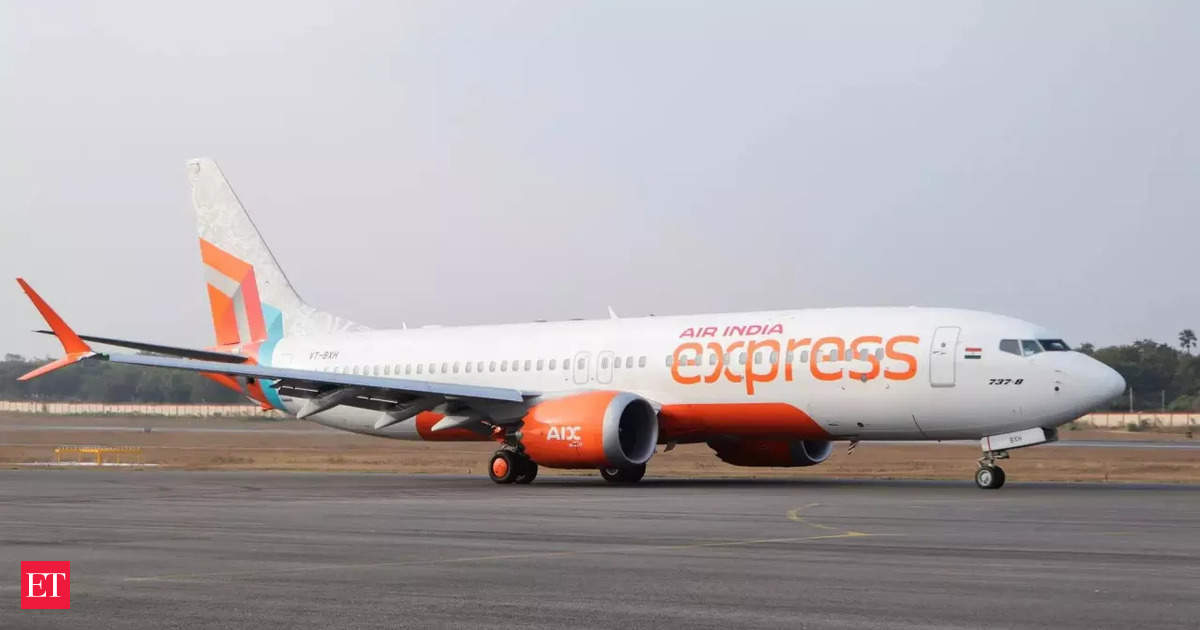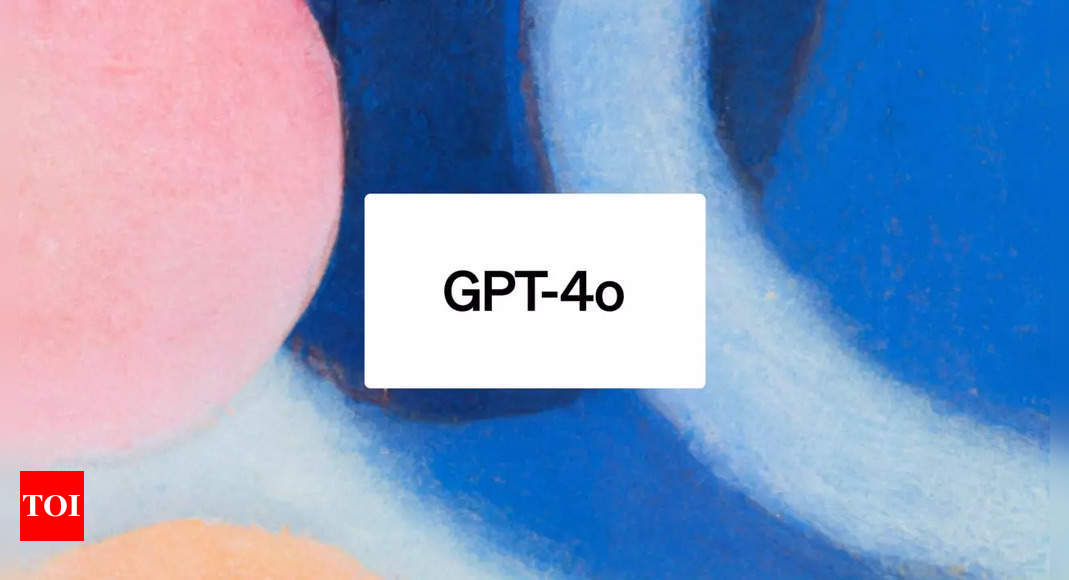Following the success of India’s moon landing, the country’s space agency, the Indian Space Research Organisation (ISRO), launched the Aditya-L1 spacecraft on Saturday for its first solar mission. The spacecraft aims to study solar winds and their impact on earth. Solar winds can cause disturbances on earth, commonly seen as auroras. The rocket launch, broadcasted live on ISRO’s website, attracted over 860,000 viewers. Additionally, thousands of people gathered near the launch site to witness the historic event.
The Aditya-L1 spacecraft, named after the Hindi word for the sun, will travel 1.5 million km (930,000 miles) over four months, which is significantly short of the sun’s distance from earth, which is 150 million km. The spacecraft will stop its journey at a Lagrange Point, a parking lot in space where objects tend to stay put due to balancing gravitational forces. This will reduce fuel consumption for the spacecraft.
The mission’s principal scientist, Sankar Subramanian, highlighted the uniqueness of the data that will be collected during this mission. He stated, ‘We have made sure we will have a unique data set that is not currently available from any other mission.’ The data collected from this mission will help in understanding the sun’s dynamics, the inner heliosphere, space-weather aspects, and the impact of solar radiation on satellites in orbit.
Scientists involved in the mission expressed the significance of understanding solar winds and their effects on satellites in low earth orbit. Solar corona emissions from the sun can hit satellites and cause disruptions in communication networks. Somak Raychaudhury, who contributed to the development of the observatory, stated that satellites in low earth orbit are the main focus of global private players. Thus, the Aditya-L1 mission becomes crucial in safeguarding satellites and maintaining uninterrupted communication.
The mission also holds the potential to contribute to climate research and improve our understanding of the sun’s impact on Earth’s climate patterns. By studying the origins of solar wind and its interaction with the solar system, scientists hope to gain insights into climate dynamics on our planet.
This solar mission reflects India’s ambition to establish itself as a key player in the global space sector. Prime Minister Narendra Modi has been pushing for India’s space missions to play a larger role on the world stage, where the United States and China dominate. Privatisation of space launches and opening the sector to foreign investment are part of India’s strategy to increase its share of the global launch market five-fold in the next decade.
The successful launch of the Aditya-L1 spacecraft demonstrates India’s technological prowess and capabilities in the space sector. It also showcases the country’s commitment to scientific research and exploration, which will further elevate its status in the global space community.











